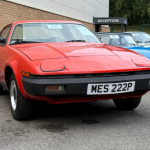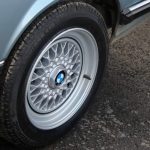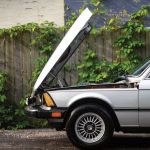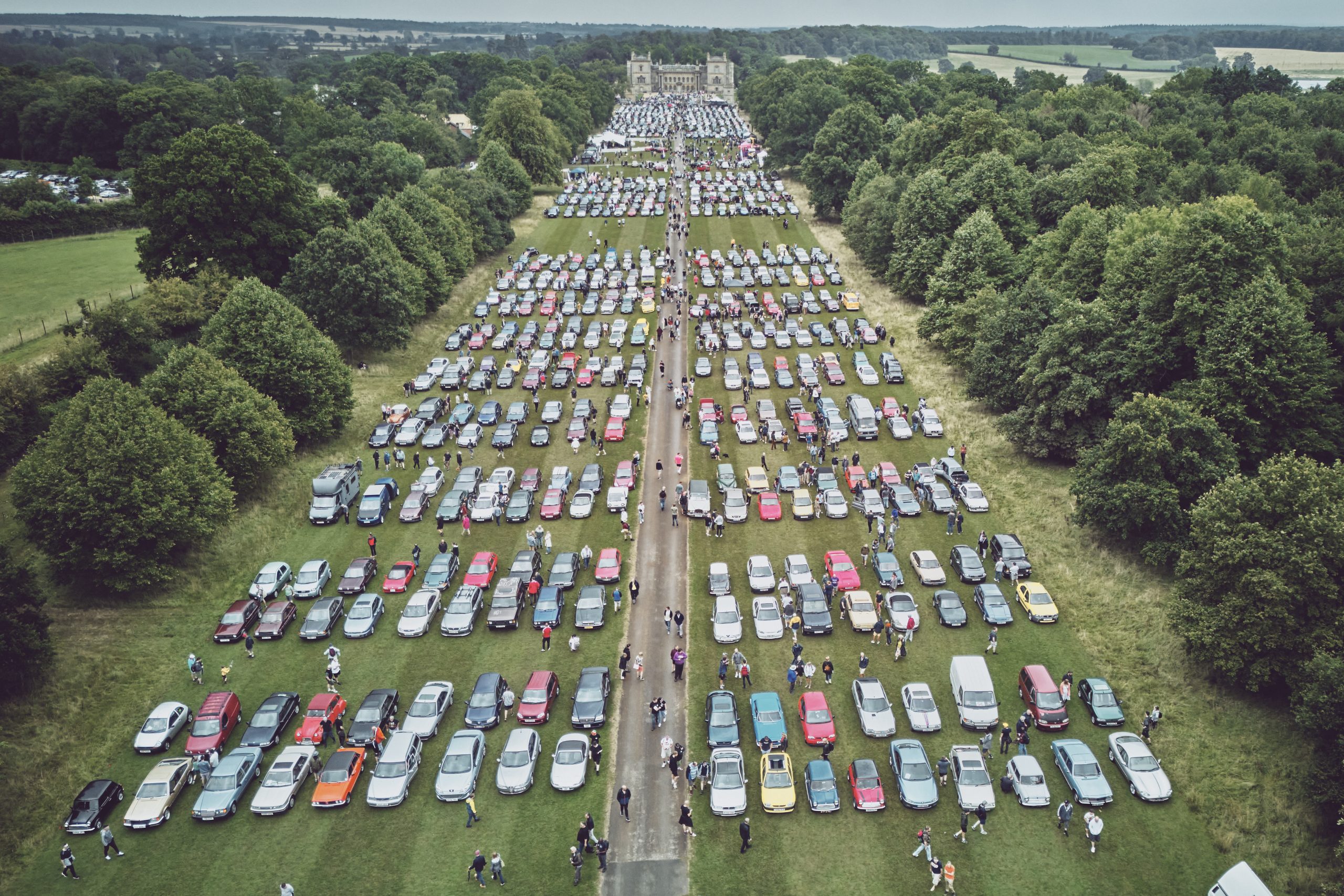Author: Paul Cowland
In a camera-van ridden world, it’s time to work on your track-craft, reckons Cowland.
Whisper it, but somehow, despite doing over 50,000 miles a year, and having to dash for almost every meeting and appointment all over the country, my driving licence is somehow, almost inexplicably, squeaky clean. Not one single point. Please, let’s all take a small moment of contemplation and prayer to the DVLA gods for this minor miracle to continue. It’s not a bad place to be when you’re a Hagerty ambassador – and it’s definitely good for the premiums.

While I’m sure there’s a fair degree of luck involved, I’d like to imagine that at least some small part of this literally, pointless outcome is down to my driving, which latterly, would make most Sunday driving pensioners and octogenarian IAM members wince at its sheer steadiness. If there’s a 30 limit ahead, I’m at 29 on the board, my friends. Rock and roll!
It wasn’t always that way, of course. As a strapping 20 year old, and strapped into my then brand new Saab 900 convertible company car, I would go through a set of front tyres almost every 9,000 miles. Every morning commute would elicit a record attempt to reduce the ETA by yet another minute, and you could always tell when I’d arrived at work as I screeched into my parking bay, running for the coffee machine as the car tinkled and pinged with a wonderful contracting, metallurgical symphony.
That’s because driving fast IS fun. Huge amounts of fun. There’s no better feeling than taking your car to the very upper limit of its performance, even if that car is a 1.3, Endura-E engine Fiesta. In fact, I’d wager that these are the very best cars to drive at their limits. Particularly if you want to stay the right side of the law. Back in the 1990s, when my drive to the dealership almost felt like time travel some mornings, roads were quieter, traffic was significantly reduced – and the speed camera? Well, that was in its infancy.
It’s ironic really, and perhaps you didn’t know, but those ominous yellow boxes, designed to stop you driving too quickly, were actually invented by someone who was provably brilliant at driving very fast indeed. In a real-life, inadvertent poacher-turned-gamekeeper moment, Maurice Gatsonides, the winner of the 1953 Monte Carlo Rally, decided to invent the speed camera. As well as being a considerable wheelman, Gatsonides was also a talented engineer, and he devised a two-wire system for measuring speed. His initial thought was to measure speed to help him measure performance and go faster… but well, you know what happened after that.
Here in Nottingham, we were one of the first counties to get on board with camera technology. In 1988, we trialled one of the very first red-light cameras, another of Maurice’s fine ideas, and after the first ever post-fatality prosecution by such means in July of that year, the die was cast. And a few years later, the Road Traffic Act 1991 authorised the use of ‘automatic speed devices’ for the remote detection of such motoring offences. And here we are.
Since 1991, camera tech – and prevalence – has grown exponentially, and we’re now at a point that perhaps even dear old Maurice couldn’t have envisaged. Cameras on every red light, average speed measurement on very set of roadworks, and cheeky little vans popping up wherever there’s a pound to be made or a point to be issued.

We’re a safer nation for it, no doubt, but it does mean there’s no longer room for exuberance on the highways. While this is no doubt a very good thing overall, it does leave a gap in our driving skills, if we never really get to experience our vehicles at the very outer edges of their performance envelopes… or whatever it is they say in Evo. That, and something about tread shuffle, I think.
For me, the answer has always been simple. Drive like a frightened Nun on his Majesty’s roads, and then book regular track days in-between to satiate the inherent and inescapable desire that every petrolhead has to drive quickly. It does help, of course, if your car is somewhat track friendly to begin with. While I have seen all sorts on circuit over the years, and indeed, had a surprisingly enjoyable 2 day session at the Nürburgring in a Toyota CH-R hybrid, you’re probably not going to be allowed to play at Cadwell Park in your Range Rover. But if you are, I’d love to see the footage.
Booking a track day works on so many levels. It’s the perfect chance to learn how your car works at the limit, you can drive as fast as conditions allow without fear of a ticket, and you also get to meet several like-minded souls, many of whom you’ll doubtless want to go for an (alcohol free) pint with afterwards.
And, when it’s all over, you can go back to driving like James May.
This is very much the formula that’s been working for me over the last few years, and as I type I’m just a couple of days away from my annual pilgrimage with DN Events to the Nürburgring. A pan-European dash, followed by two days of utter bliss, lapping the world’s greatest circuit, with mates, pausing only briefly for punctuation with epic lunches and dinners. It’s a fantastic way of getting my speed fix, and while track days are never cheap, they’re probably much cheaper than the combined cost of speeding fines, court costs and increased premiums. So keep it steady on the streets and save your finest down-shift, V-max and apex action for the track. You know it’s what Maurice would have wanted.
How do you get your speed fix without risking points on your licence? Track days, sim racing, or just reliving the glory days? We’d love to hear from you below.
Protect your classic with trusted insurance
Join thousands of enthusiasts who choose our classic car insurance to protect their classics. Rated ‘Excellent’ on Trustpilot. Get a quote
Read more from Paul Cowland
Paul Cowland’s Top 10 Tips for Buying a Classic Car
Saint Cowland of Cars and his ever-growing flock
Tuner. No Crust. Why Well-Modded Cars Are A Great Classic Buy










I do agree that driving irresponsibly on the roads is not on, but there is usually a bit of leeway here and there when conditions are appropriate. Having done IAM training, my instructors did show me they were certainly willing to give the car a caning in the right circumstances, because IAM is all about making safe, efficient progress, which just happens to also involve a lot of fun. But, I think it is eminently possible to have fun at the wheel within the limits, indeed, if someone can’t have fun at slow speeds, they need to be a better driver. So many of my fellow young enthusiasts only think in the dimensions of speed and power when control and precision are just as important.